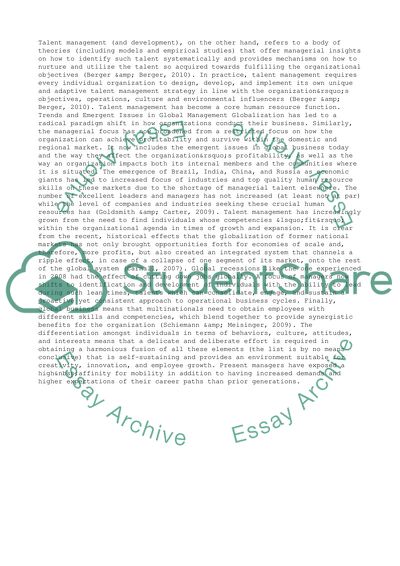Cite this document
(Effective Talent Management Processes Term Paper, n.d.)
Effective Talent Management Processes Term Paper. Retrieved from https://studentshare.org/management/1398245-effective-talent-management-processes-and
Effective Talent Management Processes Term Paper. Retrieved from https://studentshare.org/management/1398245-effective-talent-management-processes-and
(Effective Talent Management Processes Term Paper)
Effective Talent Management Processes Term Paper. https://studentshare.org/management/1398245-effective-talent-management-processes-and.
Effective Talent Management Processes Term Paper. https://studentshare.org/management/1398245-effective-talent-management-processes-and.
“Effective Talent Management Processes Term Paper”, n.d. https://studentshare.org/management/1398245-effective-talent-management-processes-and.


